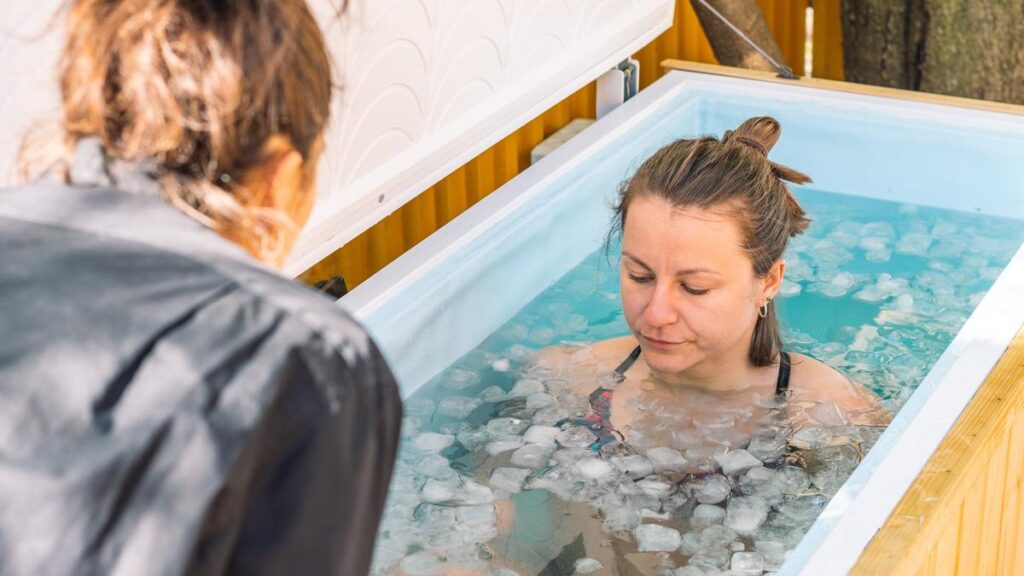
Ice plunge
The popularity of cold water immersion, commonly known as ice baths, has surged in recent years, becoming a prominent fixture in wellness culture. The global cold-plunge tub market, valued at approximately US$319 million in 2023, is expected to exceed US$500 million by 2034. This trend has seen individuals from various backgrounds, including executives and fitness enthusiasts, embracing icy dips as a symbol of discipline and resilience.
Despite its rapid rise, the scientific foundation supporting the benefits of cold exposure remains limited. A 2025 meta-analysis found only modest advantages for stress reduction, sleep, and overall quality of life, while highlighting inconsistencies in research quality. Notably, the study also pointed out that cold-water immersion might hinder muscle growth when performed after resistance training—a crucial detail often overlooked in social media posts showcasing the trend.
The gender disparity in research complicates the narrative further. Many studies predominantly feature young, fit male participants, leaving a significant gap in data regarding female physiology. Women who engage in similar practices may inadvertently be testing protocols designed for a different biological makeup. Preliminary research indicates that cold exposure could increase cortisol levels, potentially disrupting hormonal balance based on the timing within the menstrual cycle. Such findings are essential yet rarely discussed in the mainstream conversations surrounding the practice.
The disconnect between trend and scientific evidence has become a hallmark of contemporary wellness culture. Practices originating in sports science or specialized recovery clinics are now disseminated widely, often outpacing the research needed to validate their effectiveness. What begins as a recovery method can quickly transform into a lifestyle choice, with individuals viewing these practices as integral to their identity.
The allure of ice baths lies not only in their touted health benefits but also in their representation of rebellion against modern life’s constraints. For many, plunging into cold water is an attempt to reconnect with nature and reclaim a sense of vitality. Yet, in commodifying this instinct, we often neglect the crucial aspect of self-awareness and listening to our bodies—an element vital for true connection.
The visibility and performative aspect of ice baths further contribute to their appeal. These practices are framed as acts of bravery and control, with cold exposure often seen as a marker of character. However, the same studies that identify psychological benefits also caution against excessive use, suggesting that the wellness industry’s tendency to rebrand discomfort as progress may obscure essential truths.
The shift from the 1990s focus on thinness to a new ideal of optimization—characterized by relentless productivity and data-driven approaches—highlights a broader societal trend. Instead of questioning the systems that lead to exhaustion, individuals are encouraged to “hack” their way through.
While some may find genuine restoration through cold immersion, others, particularly women, may experience unpredictable effects due to the lack of tailored research. This reality does not render the practice inherently negative; rather, it underscores the importance of individualized approaches to wellness.
As the ice bath trend continues to capture attention, it may be more beneficial to approach it with curiosity rather than urgency. Emphasizing personal experiences and self-awareness can lead to healthier engagement with new wellness rituals. Ultimately, the focus should shift from merely keeping pace with trends to understanding what truly supports our well-being.
Lanna Hill, a strategist and founder of Leverage Media, emphasizes that the exploration of these practices should be grounded in awareness and personal understanding, rather than societal pressure to conform.






